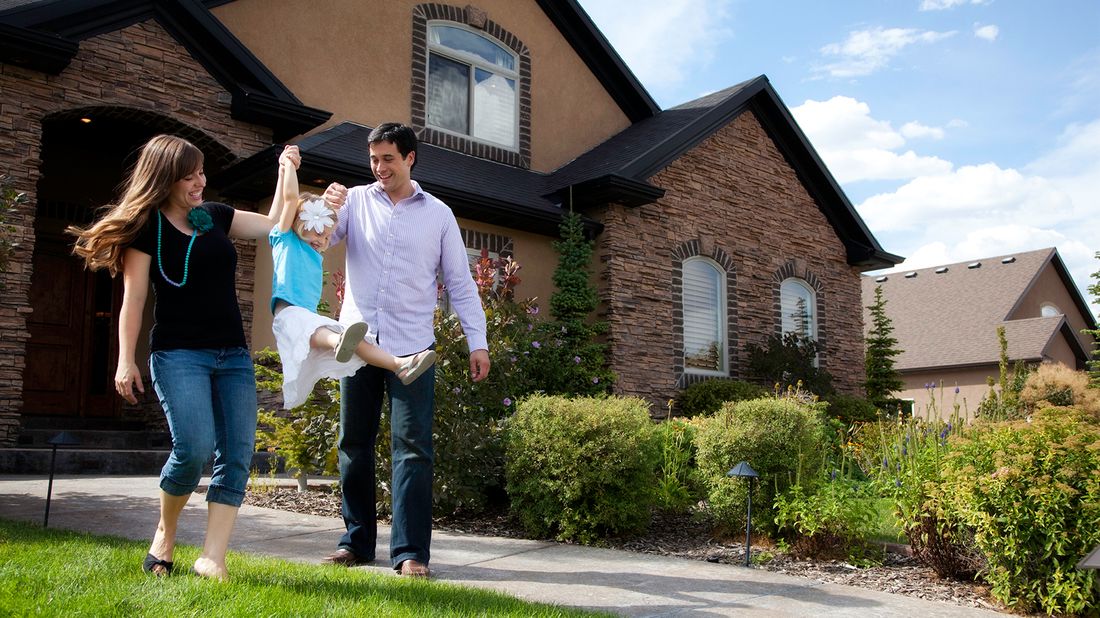5 Things to Consider Before Refinancing Your Mortgage

Thinking about refinancing your mortgage? If so, you’re in good company. According to data compiled by the Mortgage Bankers Association, refinance applications accounted for about 60 percent of all mortgage activity in the first week of October, driven by low mortgage rates that have fallen since the spring to below 4 percent.
But don’t let mortgage rates alone determine your decision to refinance. Refinancing a mortgage involves paying off an existing loan and replacing it with a new one, and that may not be the right move for every homeowner. Consider these factors before you take action.
YOU’LL PAY NEW LENDING COSTS
Your refinancing costs will depend on the size of your loan and the change in your interest rate, but here are some of the not-so-hidden expenses you should expect to pay (prices based on estimates by LendingTree). You might pay them separately, or they could be rolled into the cost of the new loan.
Application Fee. This covers the costs of your lender processing your loan application. Cost: $75 to $300.
Appraisal Fee. An appraiser may assess the value of your home before your lender can determine your eligibility to refinance. Cost: $350 to $800.
Discount Points. Optional fees you pay if you want to lower the interest rate on your mortgage. Cost: Depending on how many points you buy, you’ll be charged 1 percent to 3 percent of the mortgage principal.
Document Preparation Fee. Typically, borrowers must pay a fee to the lawyer or title company that prepares the refinancing paperwork. Cost: $200 to $500.
Inspection Fees. In addition to a general home inspection, your lender may require you to get a termite or pest inspection. Cost: $300 to $850.
Loan Origination Fee. Your lender levies this charge to cover the costs of preparing your new home loan. Cost: 1 percent to 1.5 percent of the loan’s principal.
Title Search and Title Insurance Fees. Title insurance covers the risk to your mortgage lender in the event someone else claims ownership of your property. However, if you purchased title insurance when you originally bought your home, you may be able to negotiate a lower fee if you use the same company — or if you can provide a copy of the original title insurance to your new title company. Cost: $700 to $900.
Recording Fees. The county or city you live in may charge a recording fee for processing the paperwork for public records. Cost: $25 to $500.
Because of the upfront costs involved with refinancing, whether it actually saves you money depends on many factors.
YOU’RE NOT GUARANTEED TO SAVE MONEY
Because of the upfront costs involved with refinancing, whether it actually saves you money depends on many factors, not the least of which is the interest rate cut you’re getting and how long you plan to stay in your home.
Let’s say you owe $250,000 on a 30-year fixed mortgage with a 4.8 percent interest rate for a home you bought in 2011. Now you have the opportunity to refinance to a new 30-year fixed mortgage with a rate of 3.6 percent, but you have to pay $6,000 in refinance fees. By refinancing, you’d cut your mortgage payments by $175 per month and break even in just 35 months. That’s pretty good.
However, if the mortgage you got in 2011 had an interest rate of 4 percent, you’d cut your mortgage payments by only $57 a month — in which case it would take you almost 9 years to break even. So unless you plan to stay in your home for another decade or so, refinancing wouldn’t actually save you much money. That’s why it’s important to crunch the numbers before you decide to refinance.
YOU’LL BE RESETTING THE CLOCK ON YOUR MORTGAGE
By refinancing, you’re restarting the timeline of your mortgage. Depending on how long you plan to own your home, this isn’t necessarily a negative, but it’s something to consider. When you refinance, you could opt for a shorter mortgage and go from, say, a 30-year loan to a 15-year loan. You’d pay off your mortgage sooner and save money over the long haul. The caveat? Your monthly mortgage payments would likely rise — perhaps by a lot — so you’d need to make sure the higher mortgage payment fits into your overall budget.
YOU COULD GET RID OF PRIVATE MORTGAGE INSURANCE
If you put less than 20 percent down on your home when you first got it, your lender likely required you to get private mortgage insurance (PMI) at a cost between 0.5 percent and 1.5 percent — or more — of your home loan. However, if your home has risen in value since then and your new loan would be for 80 percent or less of your home’s worth (meaning you have at least 20 percent equity in your home), refinancing could do away with that pesky PMI.
YOU COULD USE YOUR REFI TO GET CASH
A cash-out refinance loan is simple: Instead of getting a new loan that covers the balance of your mortgage, you refinance for more than what you currently owe and then pocket the difference in cash.
Lenders generally let you borrow up to 80 percent of your home’s appraised value. Say your home is worth $400,000. A lender would let you take out a new loan for as much as $320,000. If you currently owe $200,000 on your current mortgage, you could still take out the new loan for $320,000 (or less, depending on how much money you want to pocket), pay off the $200,000 you owe, and keep the additional $120,000. Although you could use this money on whatever you’d like, many people like to use it on home improvements that will help increase the value of their home.
Take the next step.
Your advisor will answer your questions and help you uncover opportunities and blind spots that might otherwise go overlooked.
Let's talk






